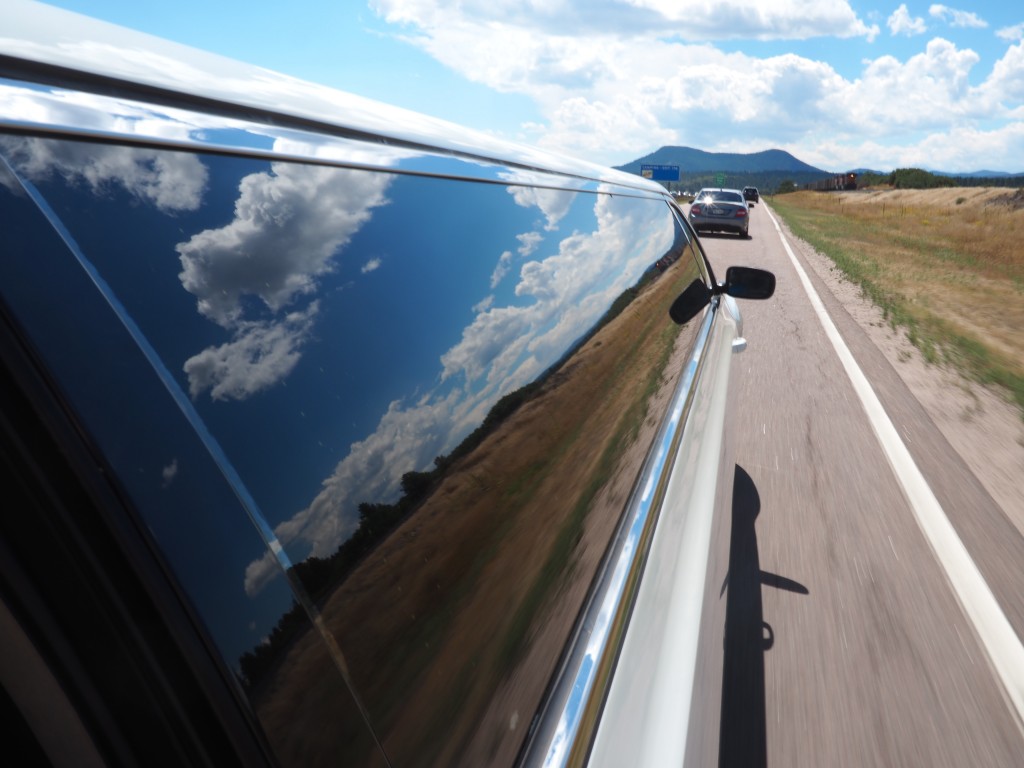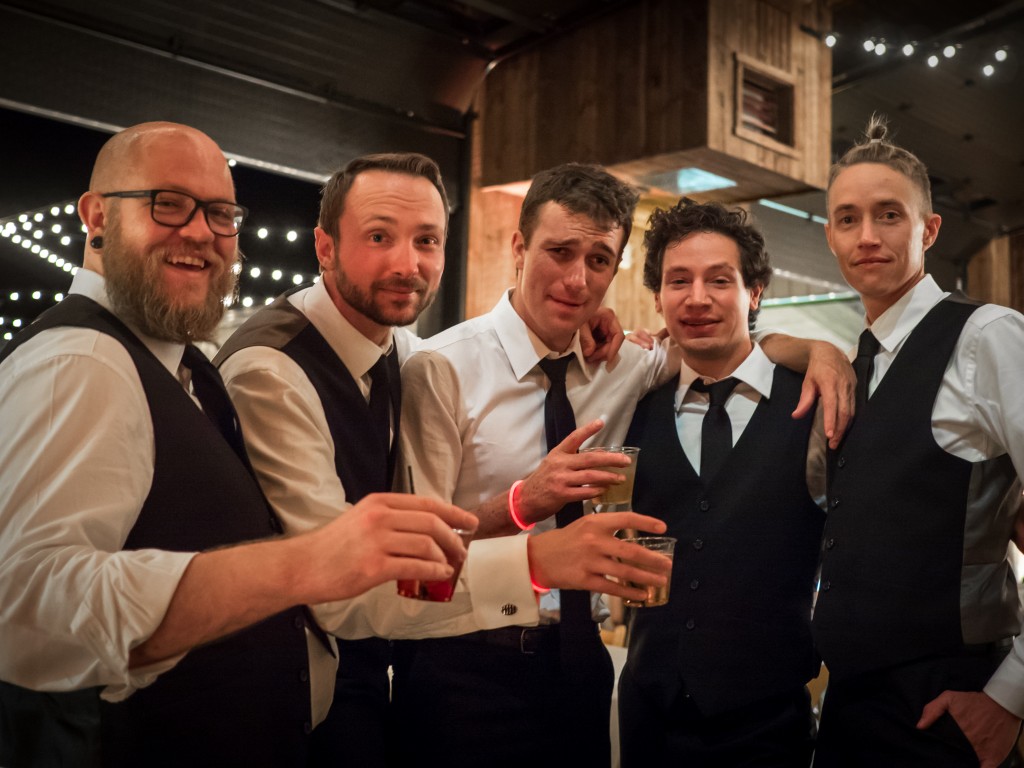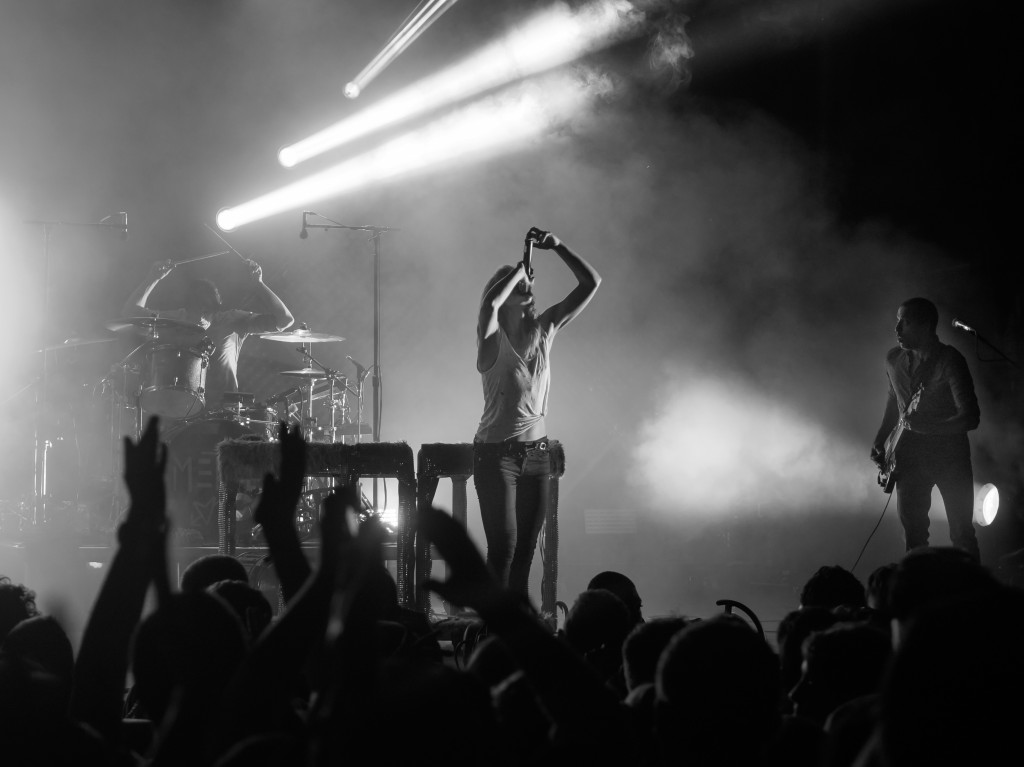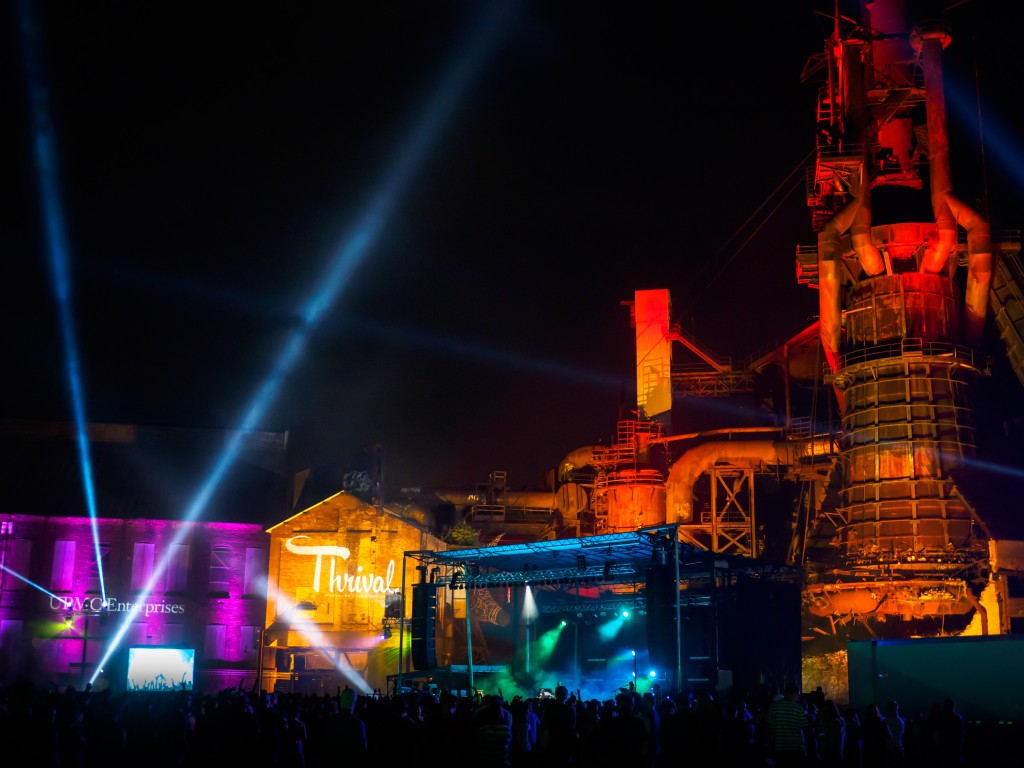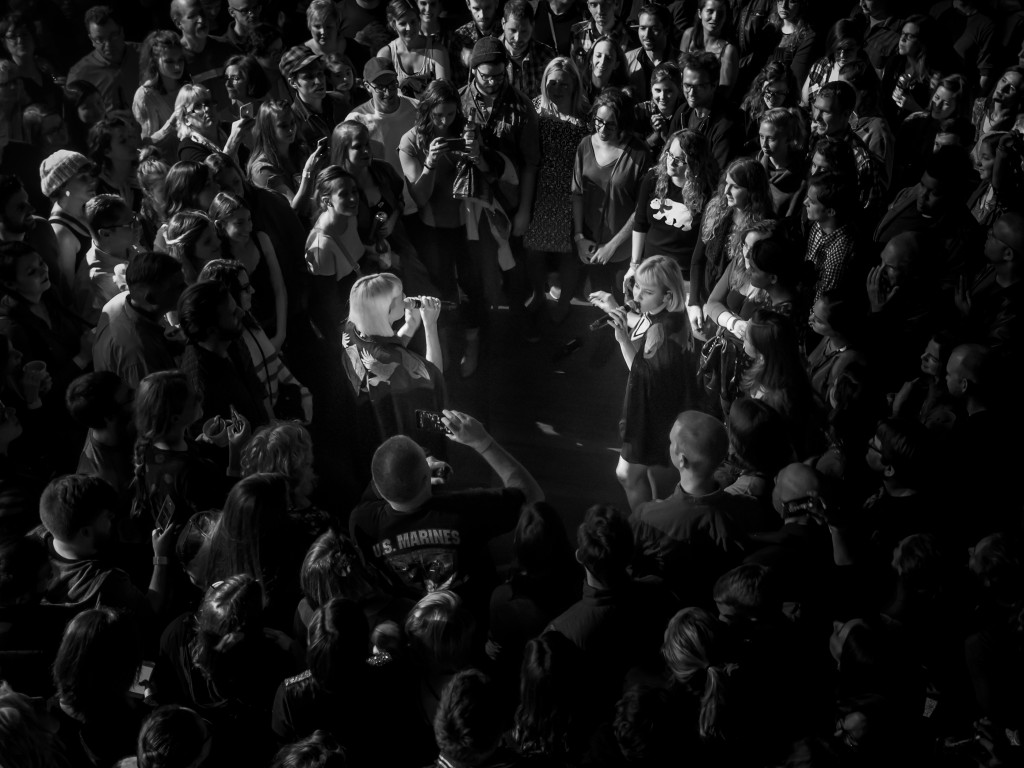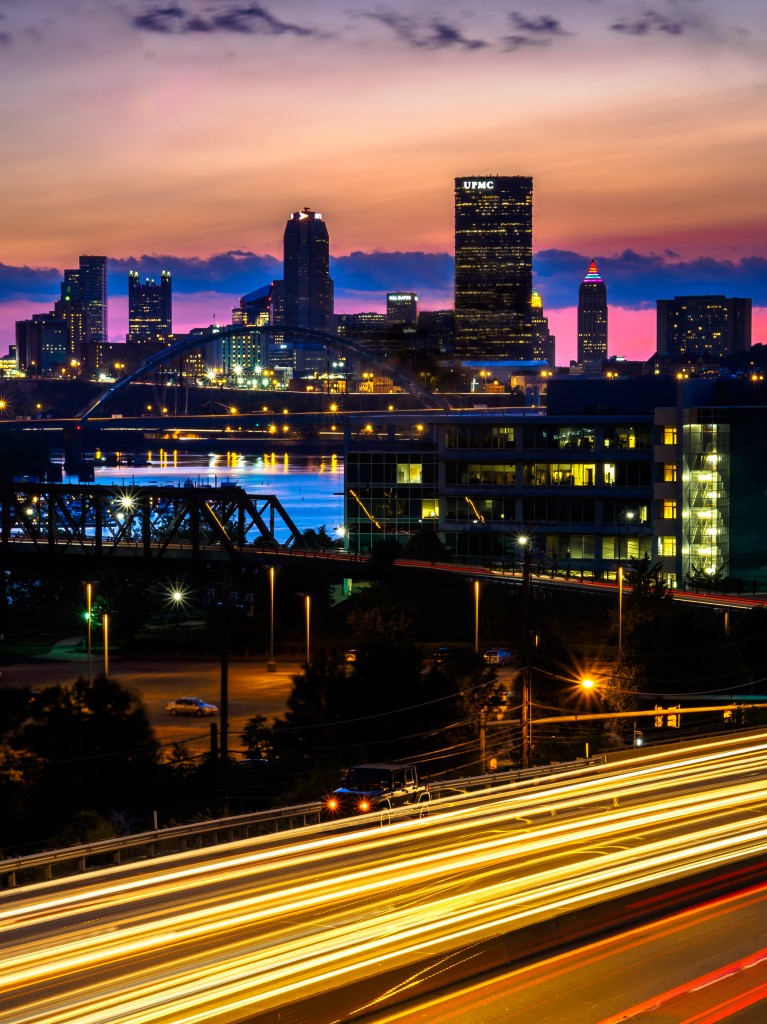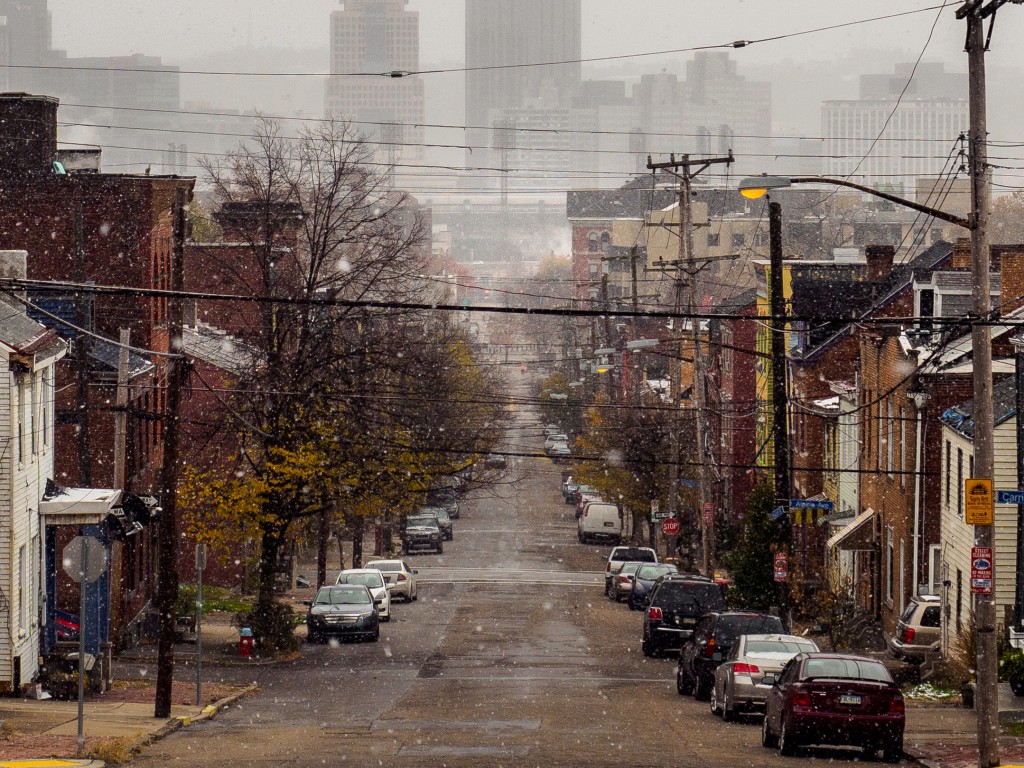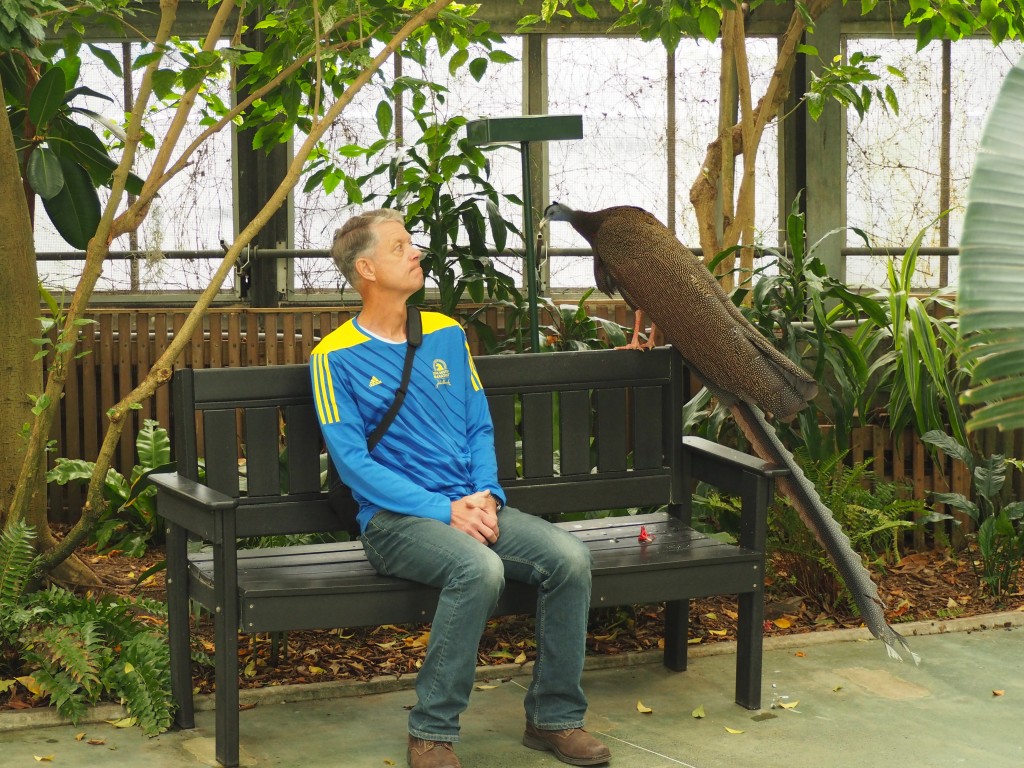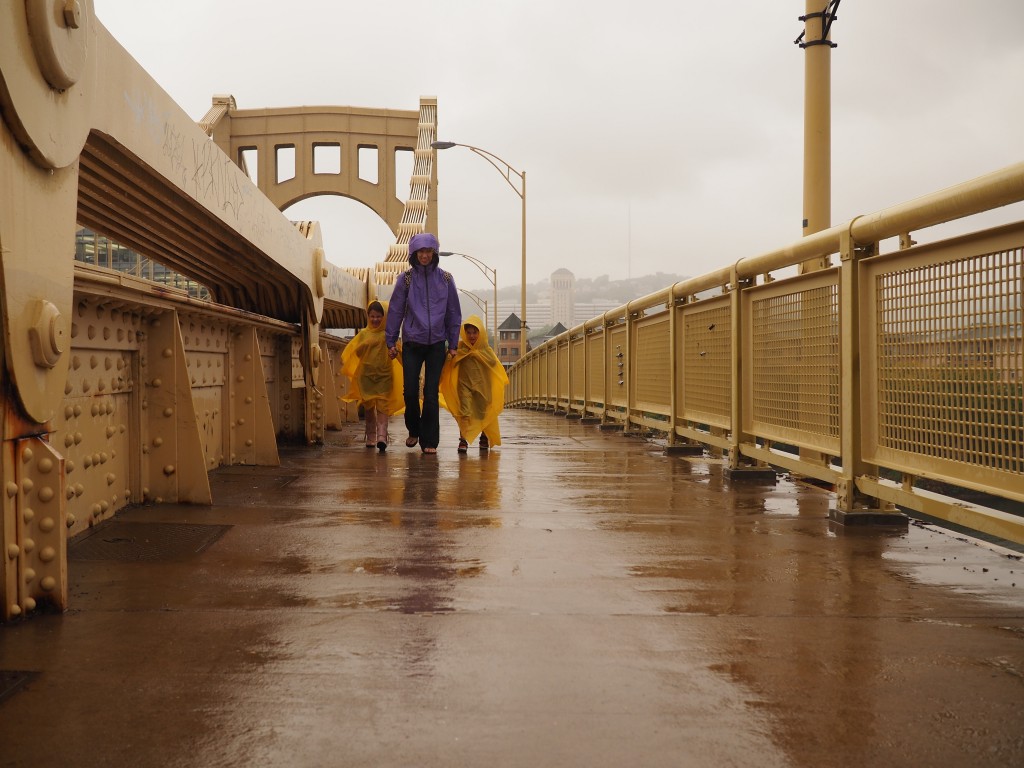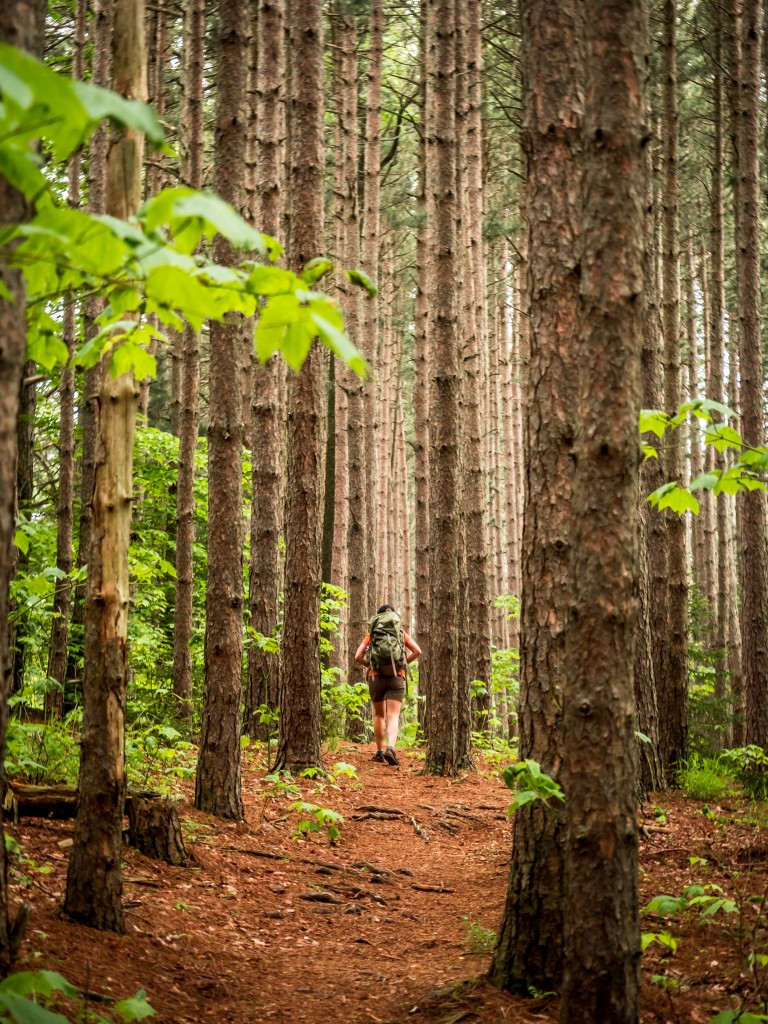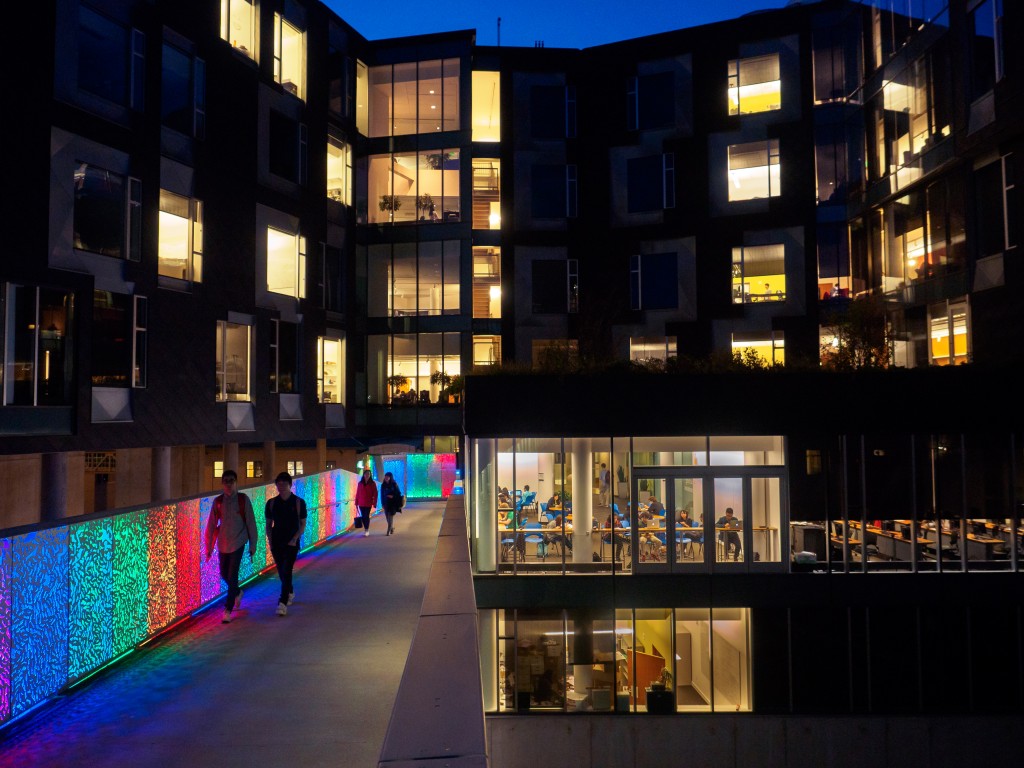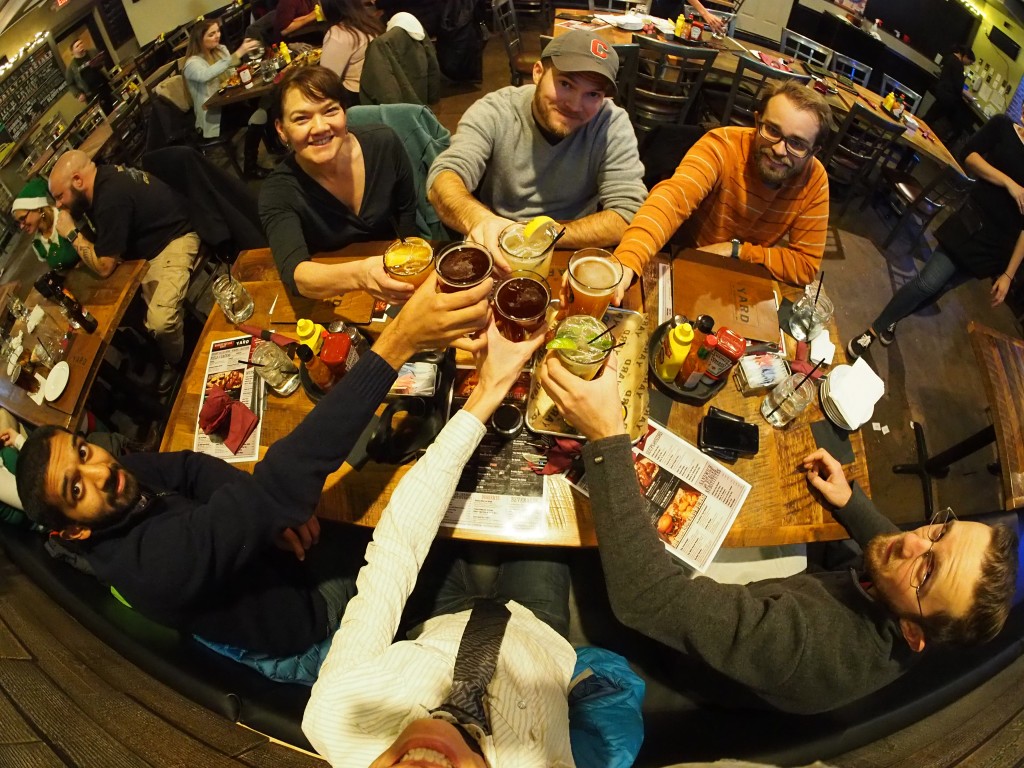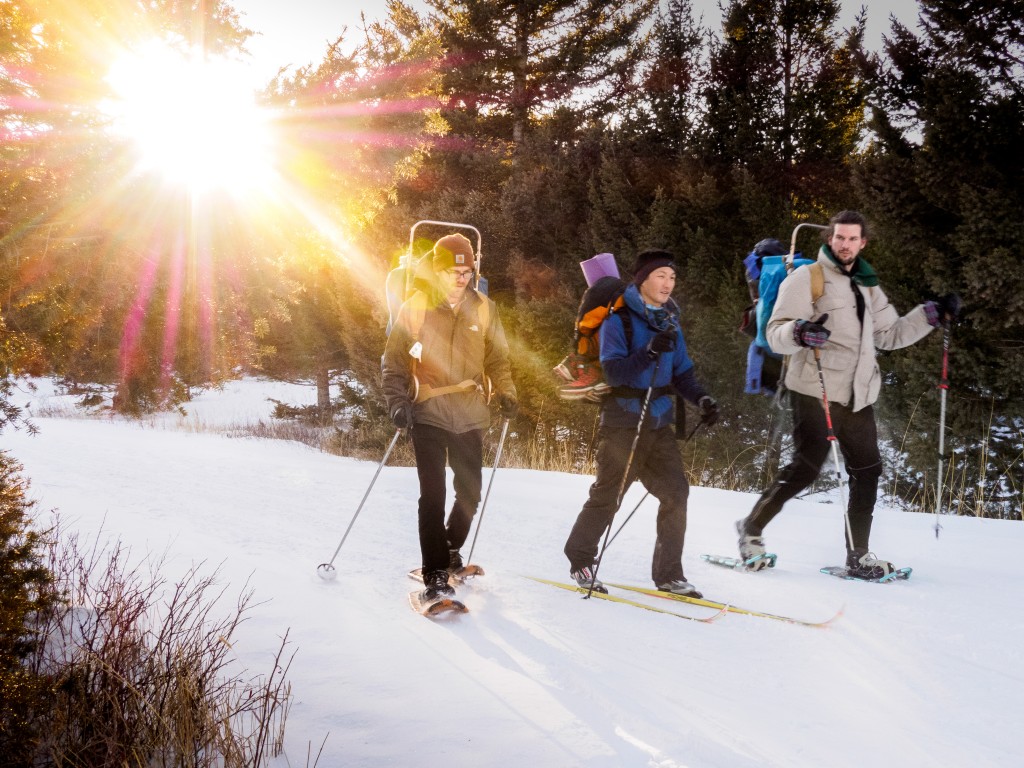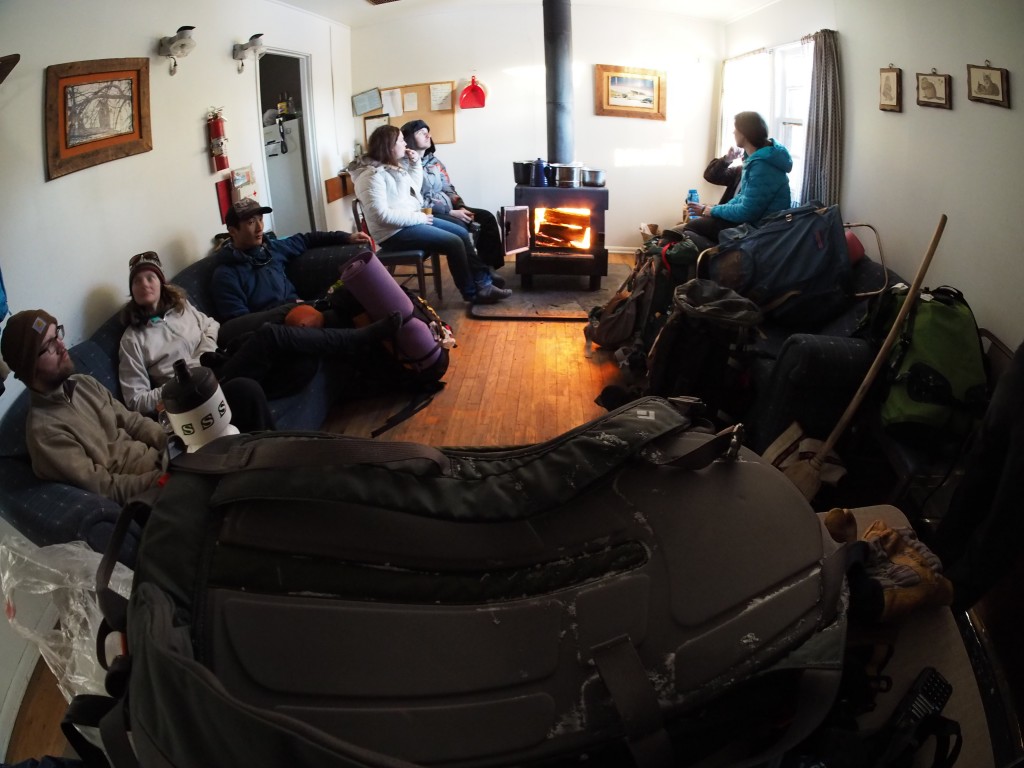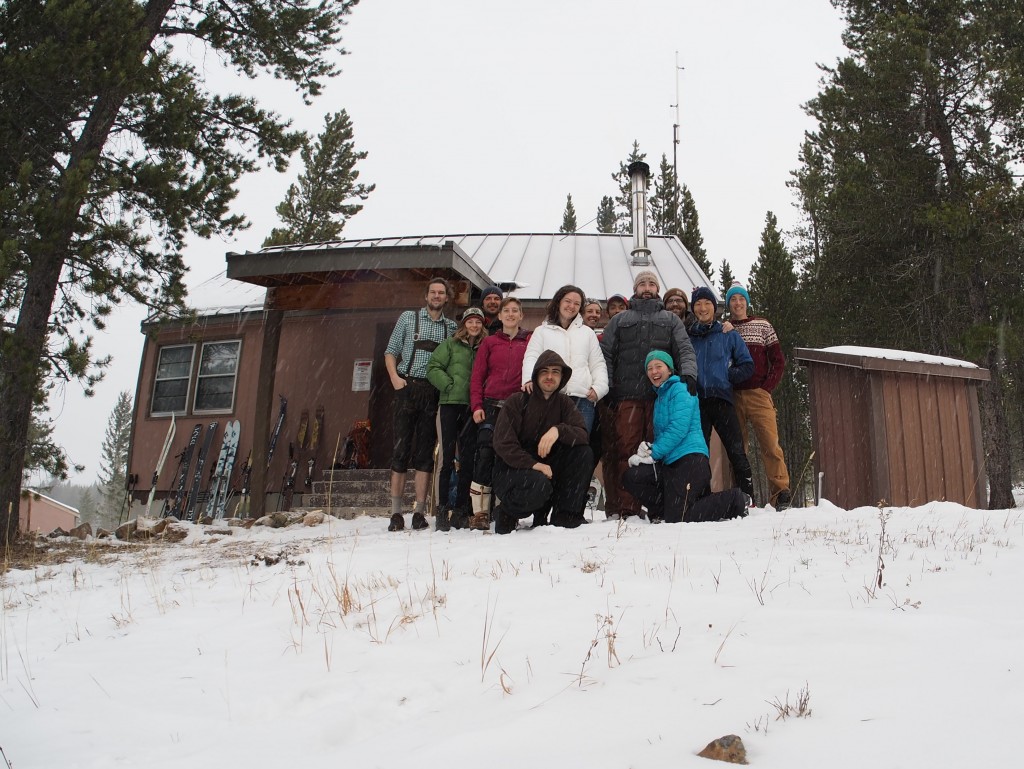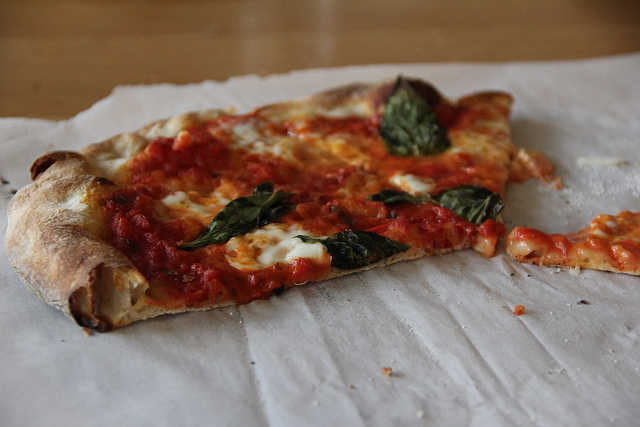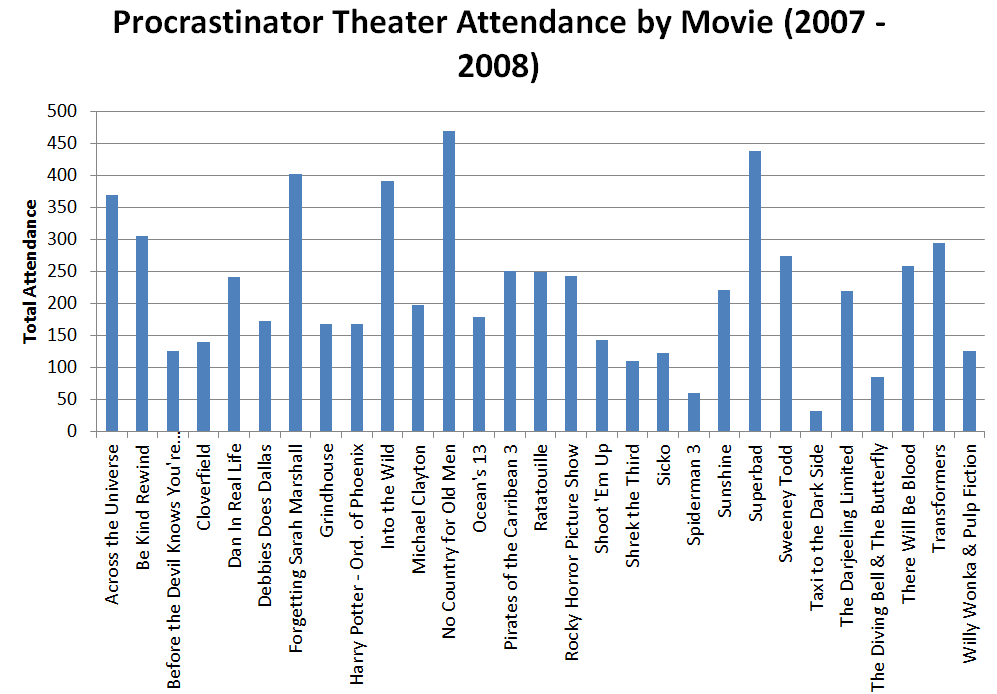I first visited Comb Ridge six or so years ago, during a rambling summer of exploring Utah’s nooks and crannies. My atlas marked a small archaeological site a mile or so off of the nearest dirt road. Intrigued, I hiked off into the trail-less wild to have a look for myself.
I remember very clearly that moment of surprise and delight when, rounding a corner, I suddenly and unexpectedly stood in front of structures built into the wall ahead. I still carry with me that feeling of novelty and discovery from finding shards of clay pots (still bearing the imprint of the woven reeds used to make it) and the small husk of a cob of corn, abandoned some 800 years before. Here before me, quite out in the wilds, were the artifacts I’d been accustomed to seeing in display cases at Mesa Verde or Hovenweep.
That powerful and profound experience still inspires a sense of connectedness and admiration for the Ancestral Peubloans who inhabited that canyon grotto many years ago. It’s that same experience that inspires my current desire to become an advocate for and defender of the newly appointed Bears Ears National Monument (which contains Comb Ridge).
That same inspiration has brought me back to the desert. I was lucky enough to have a fascinating but sobering conversation this morning with Josh Ewing, Executive Director of Friends of Cedar Mesa. Expecting a sense of triumphalism, his deep unease and concern caught me off guard.
“Being named on the internet is the death of an archaeological site.”
As an advocate for the conservation of the area’s archaeological resources and sites, he describes the situation with Bears Ears as being “likely the worst possible situation.” Publicity for the monument is dramatically increasing visitation (including to many sensitive archaeological sites). Unfortunately, there is no concomitant allocation of resources to meet to flood of visitors. Suddenly, the very precious resources that inspired the protection of the monument are in immediate danger of being loved to death. The little structure for for educating visitors on visiting archaeological sites respectfully is not yet in place.
Ewing described to me the sobering and disappointing experience of recently revisiting one of his formative sites, a site that inspired him to fall in love with the area and dedicate himself to its conservation and preservation. “Ten years ago,” he tells me, “the site was thick with pot shards and artifacts. On my recent visit, there was not a shard to be found, a wall of a structure had been pushed over and destroyed, and people had been digging in the kiva.”
The BLM has limited resources for education and conservation. Given the charged politics of the situation, the BLM is hesitant to act. Congress is threatening to defund any activities associated with Bears Ears. Although the inclusive process for creating a management plan is laudable, it will be years before a management plan is in place.
The best approach for the time being seems to be to funnel visitors toward the areas with the least danger of being impacted, or the areas where private organizations and the BLM can appropriately greet visitors with education on respectful visitation.
It’s important that we, while acting as advocates, find ways to promote a message of respectful visitation.
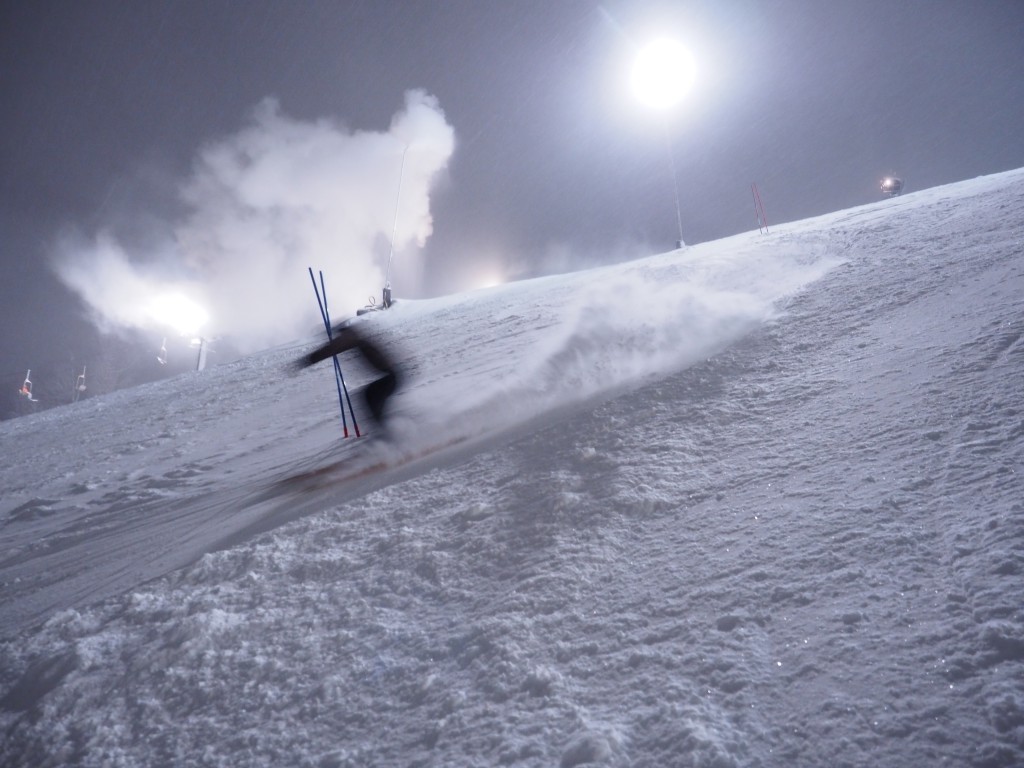
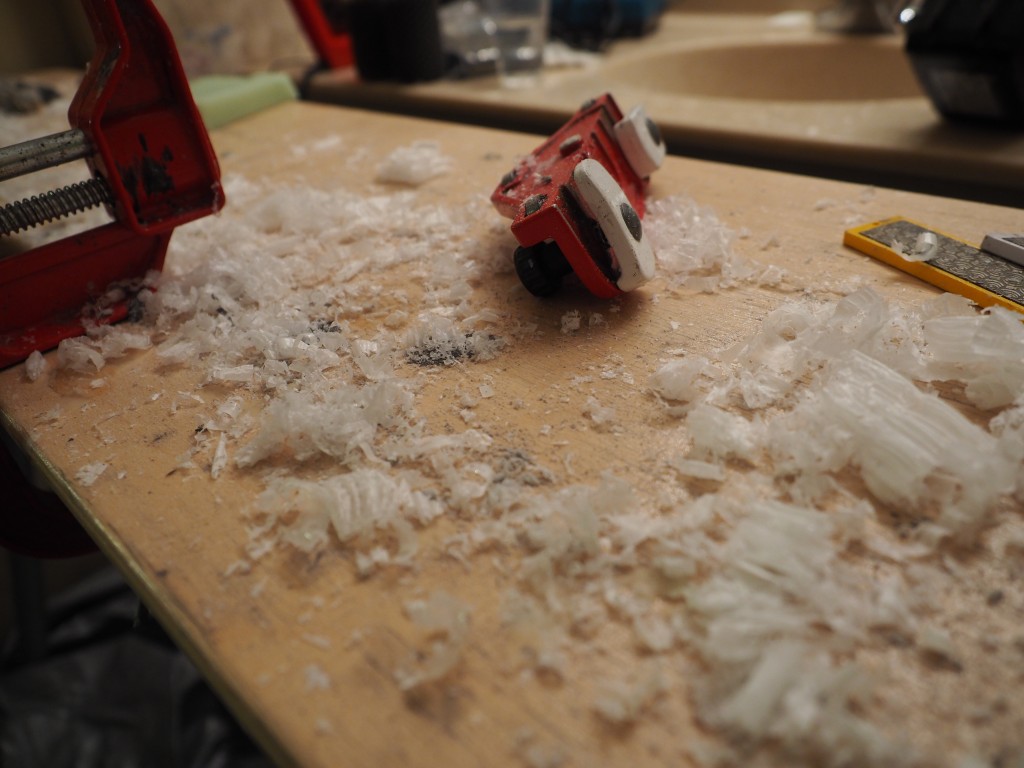
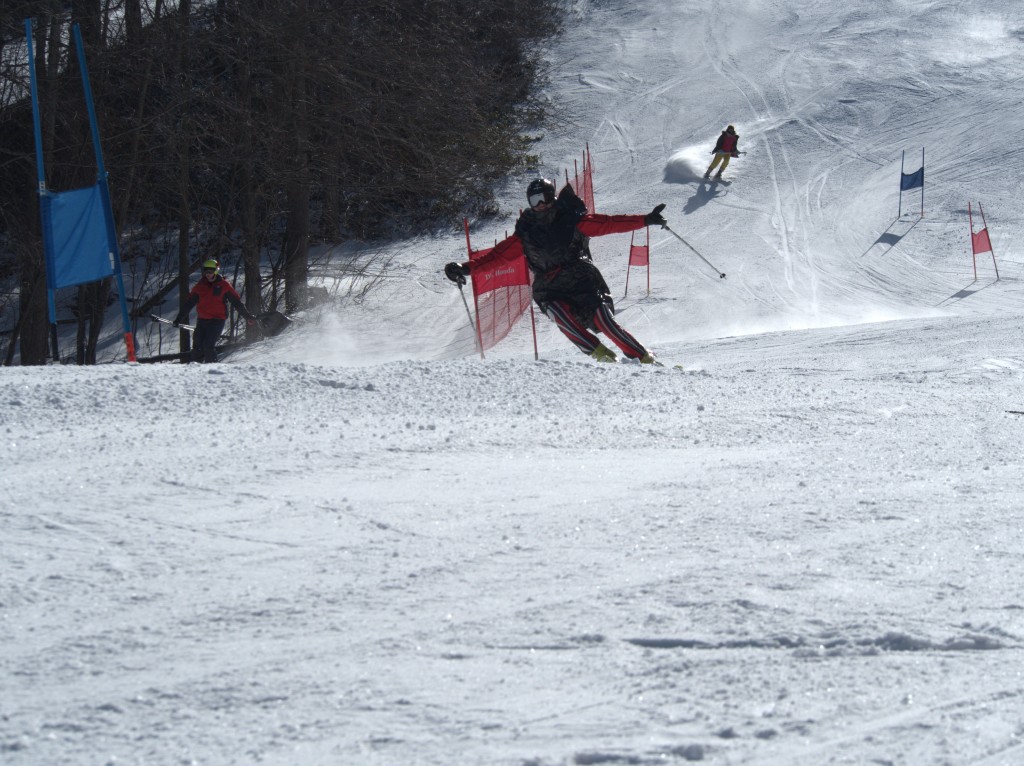
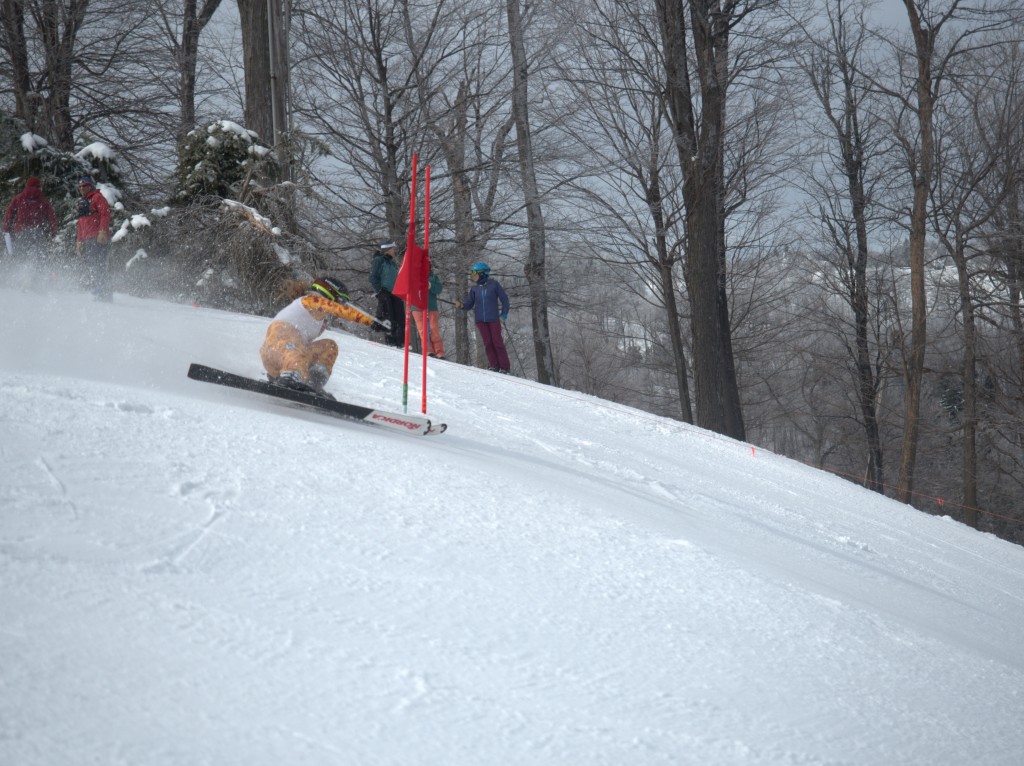
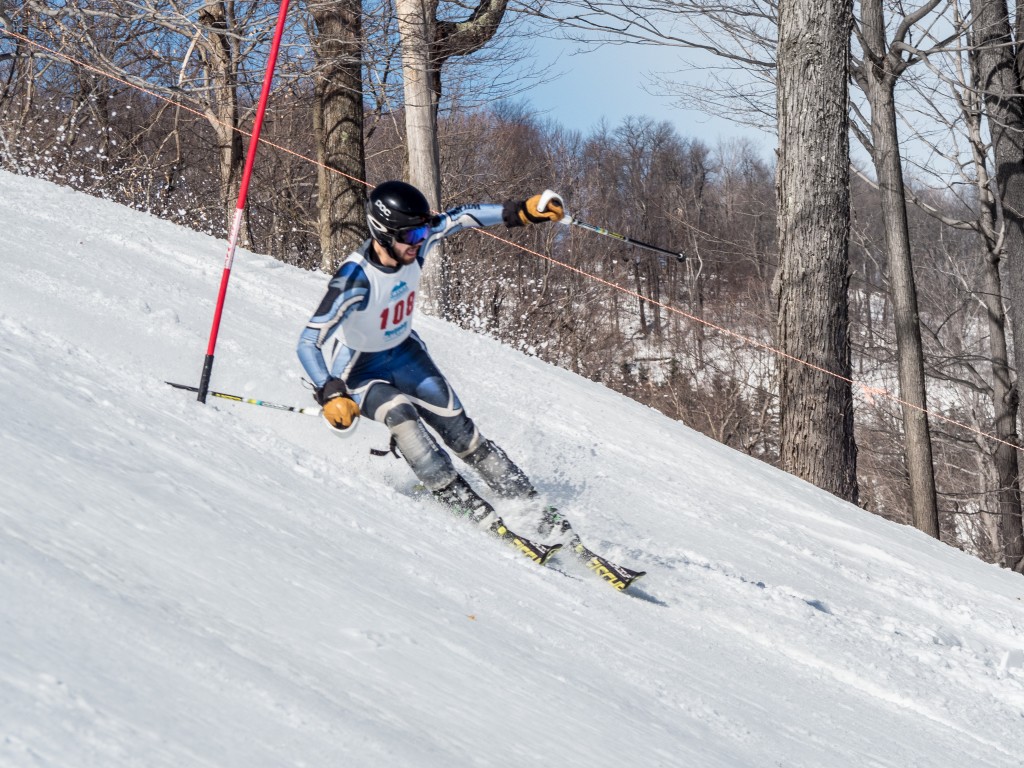
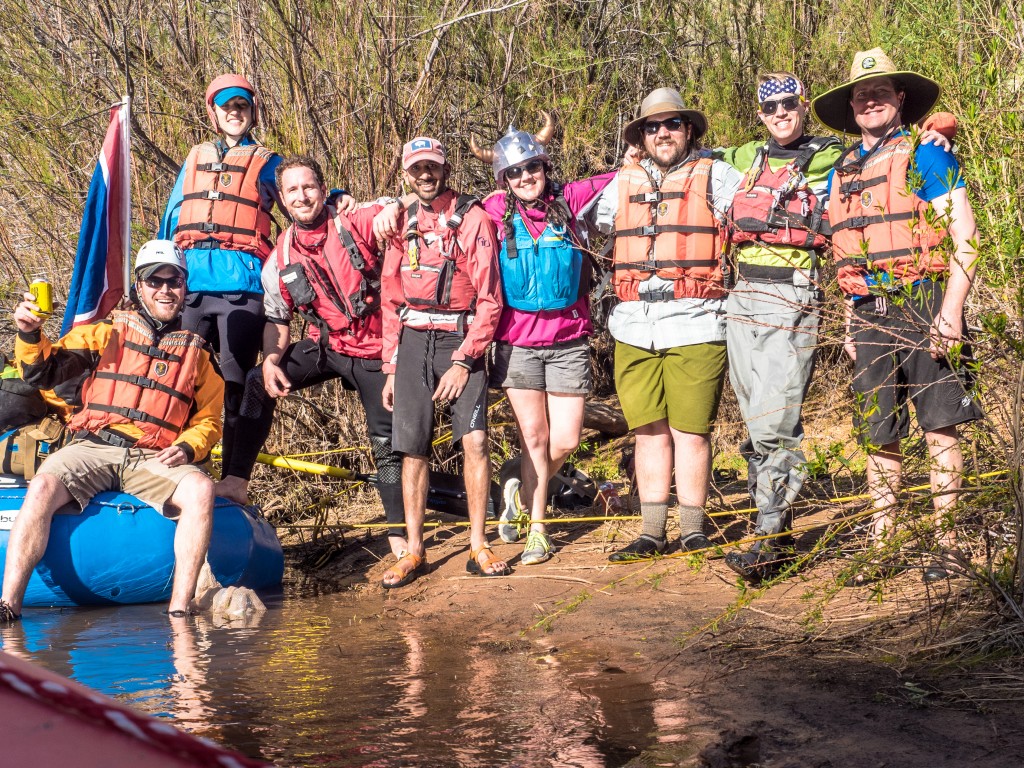
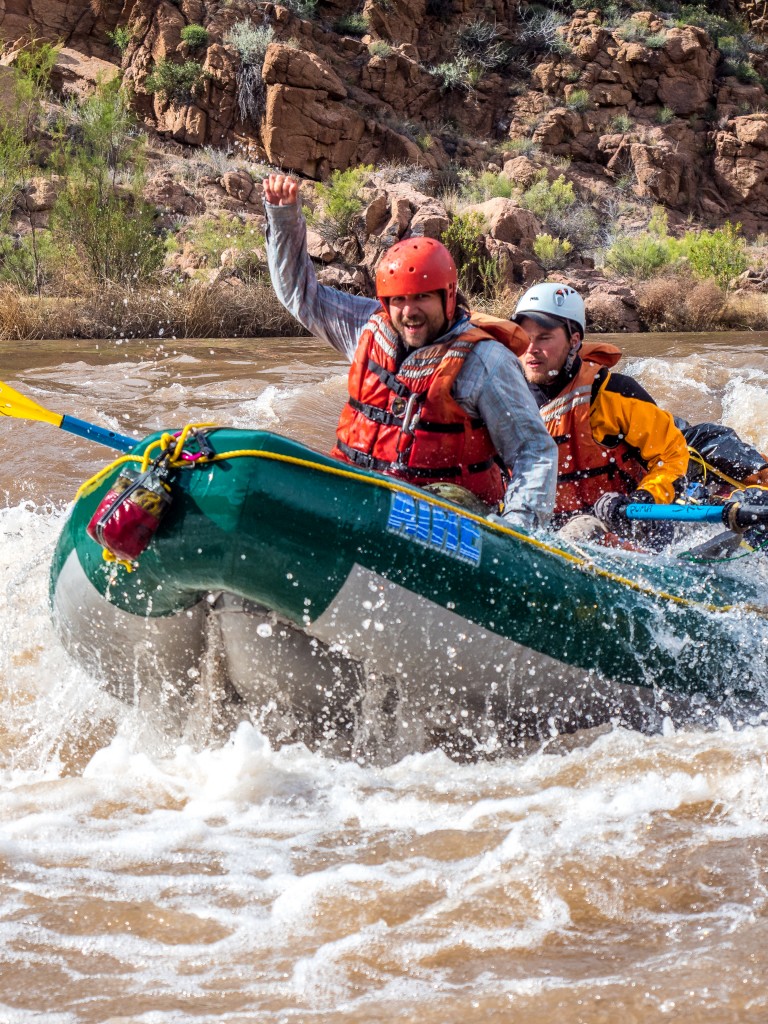
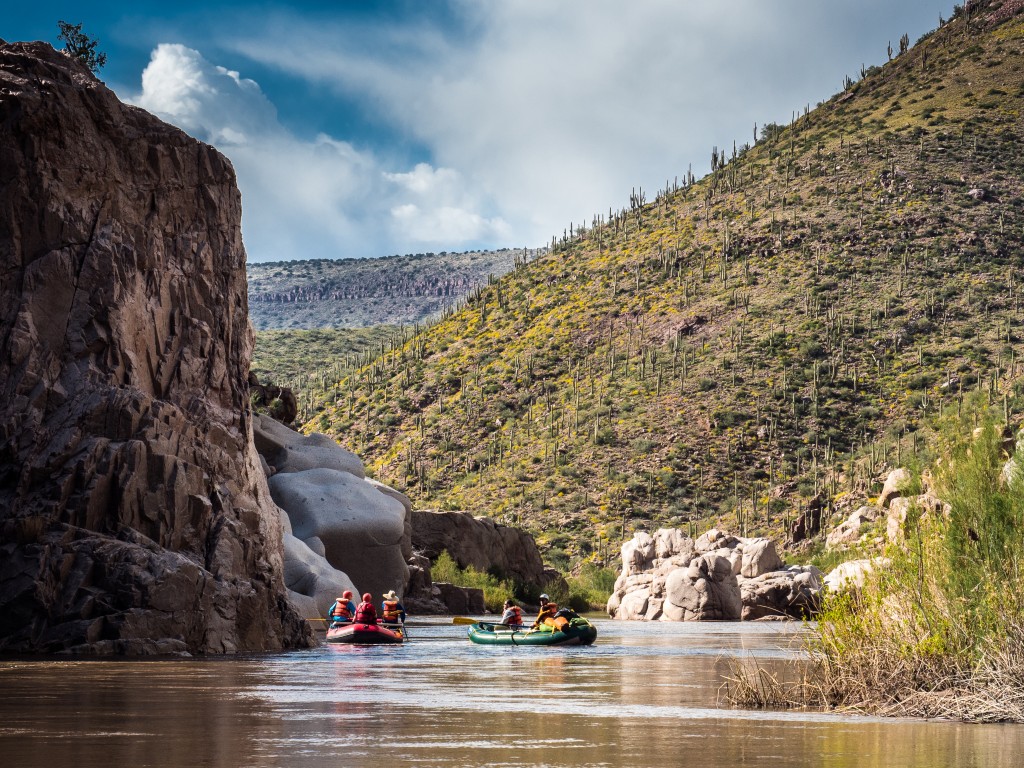

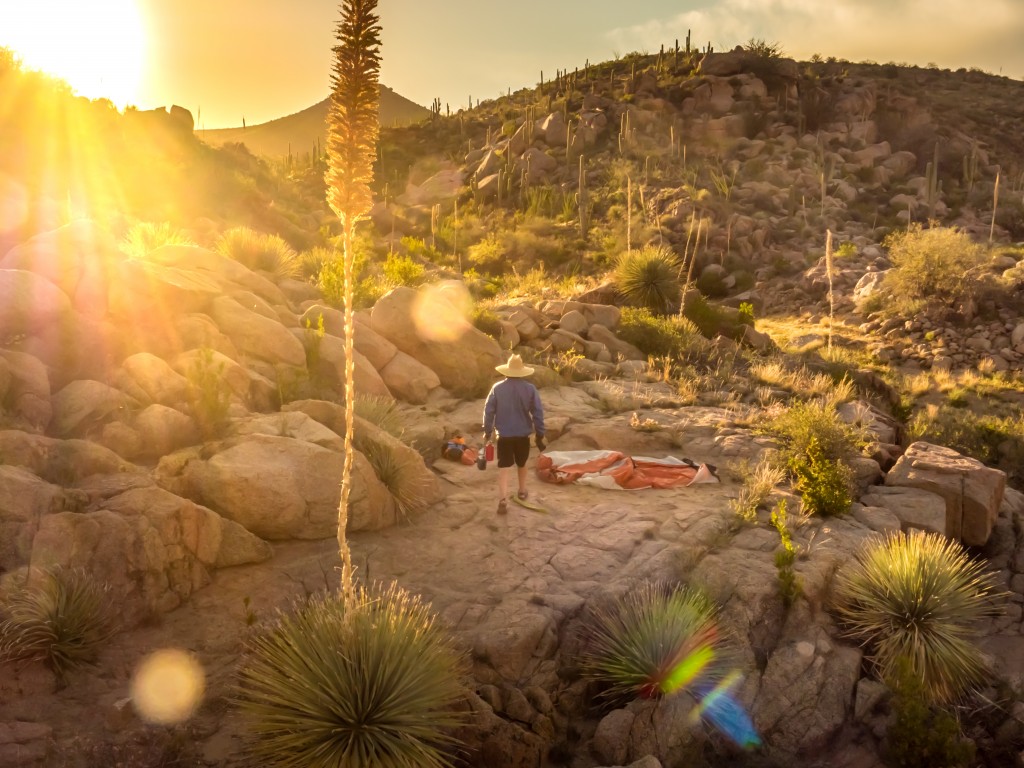
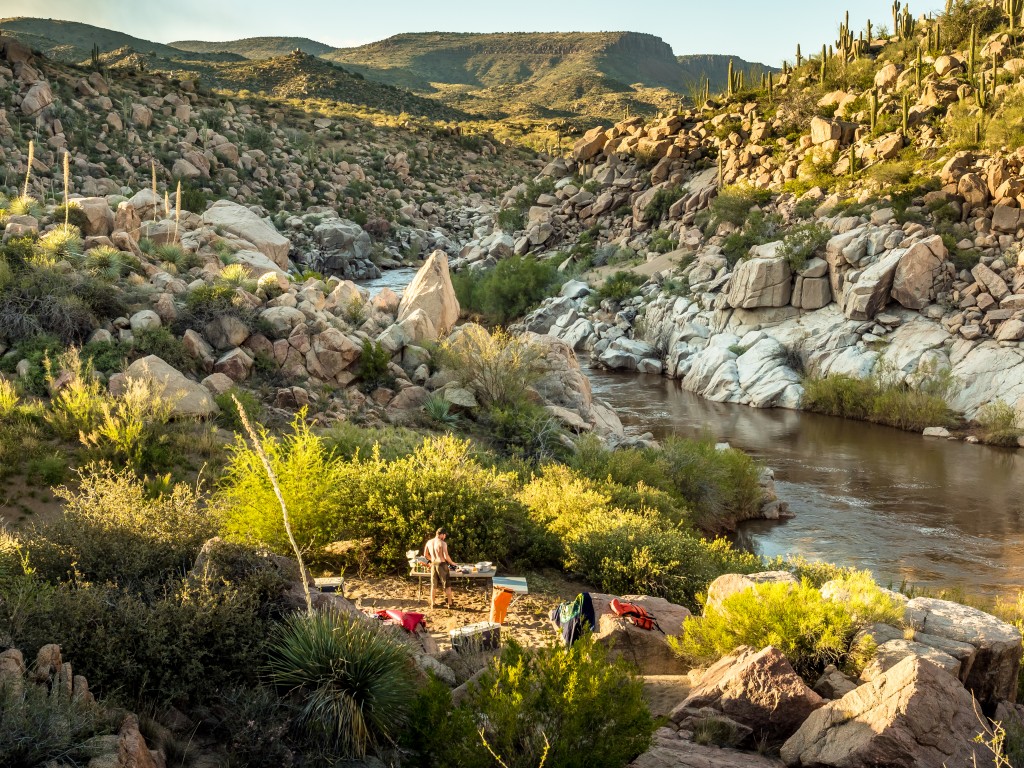
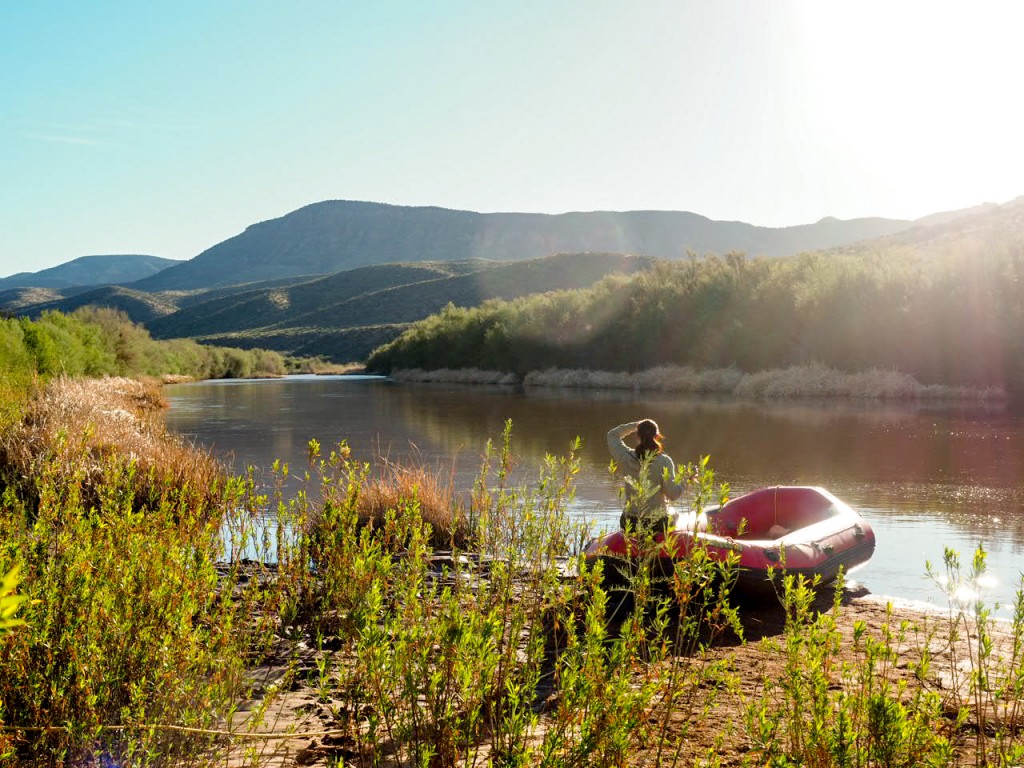
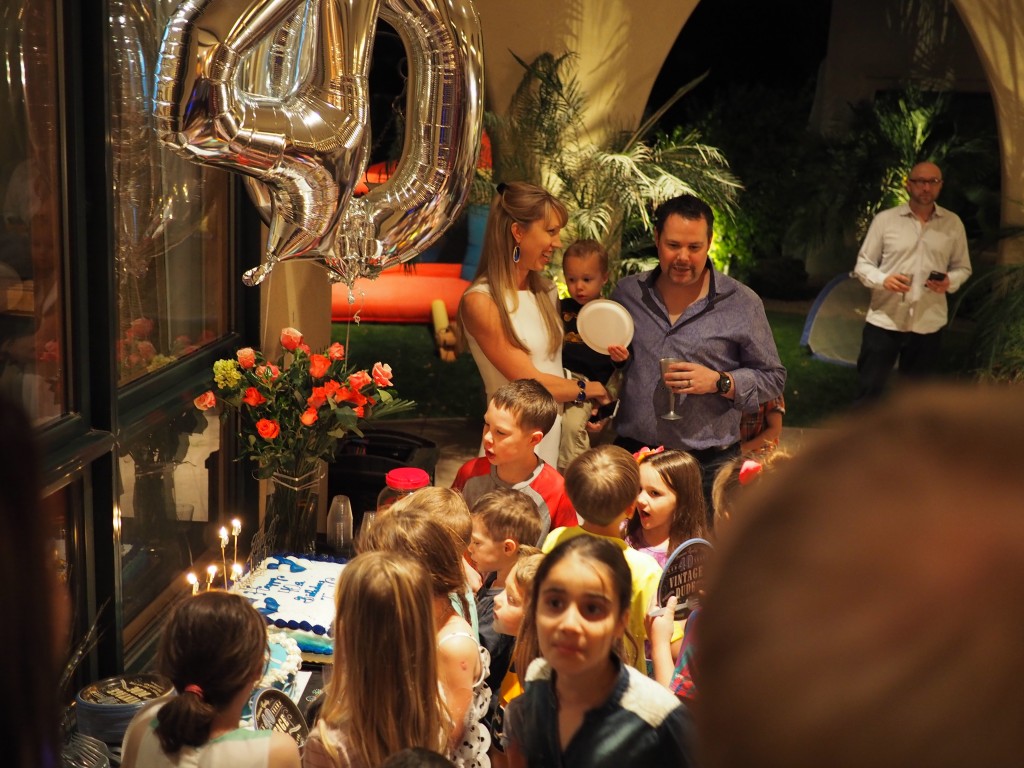
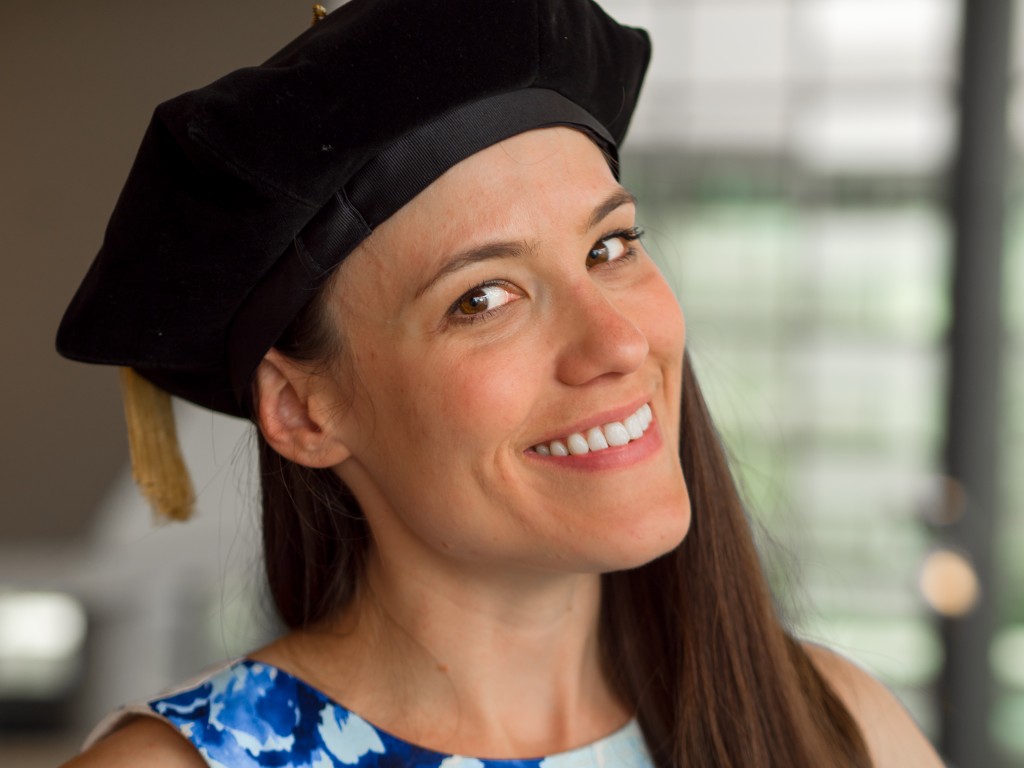
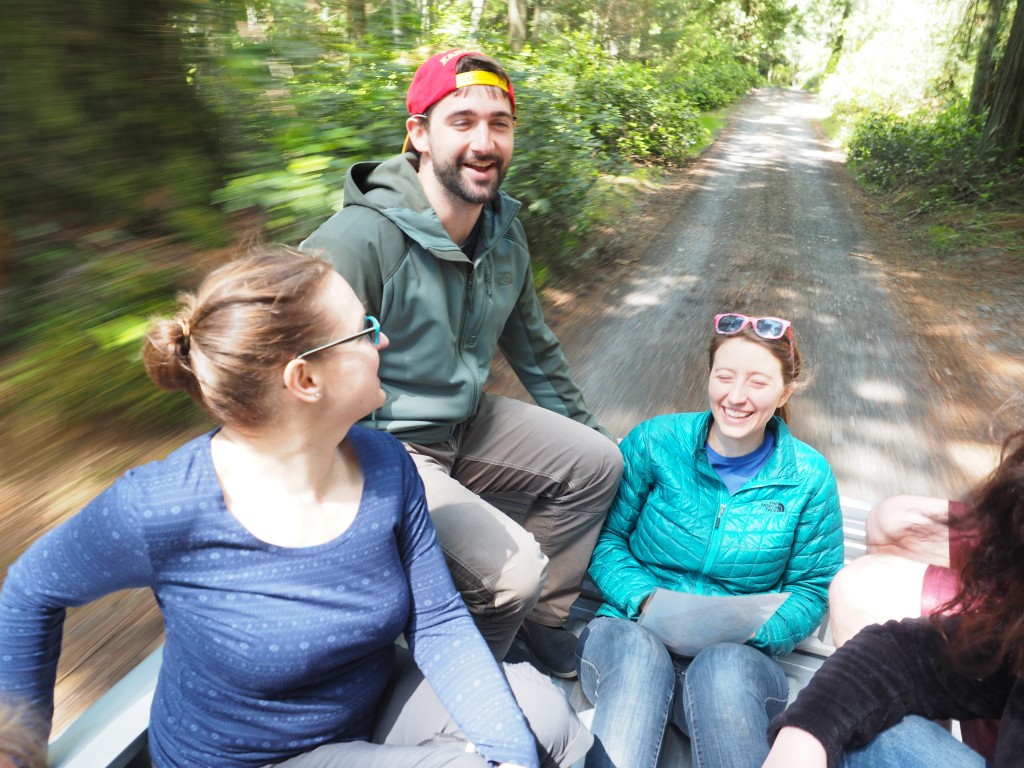
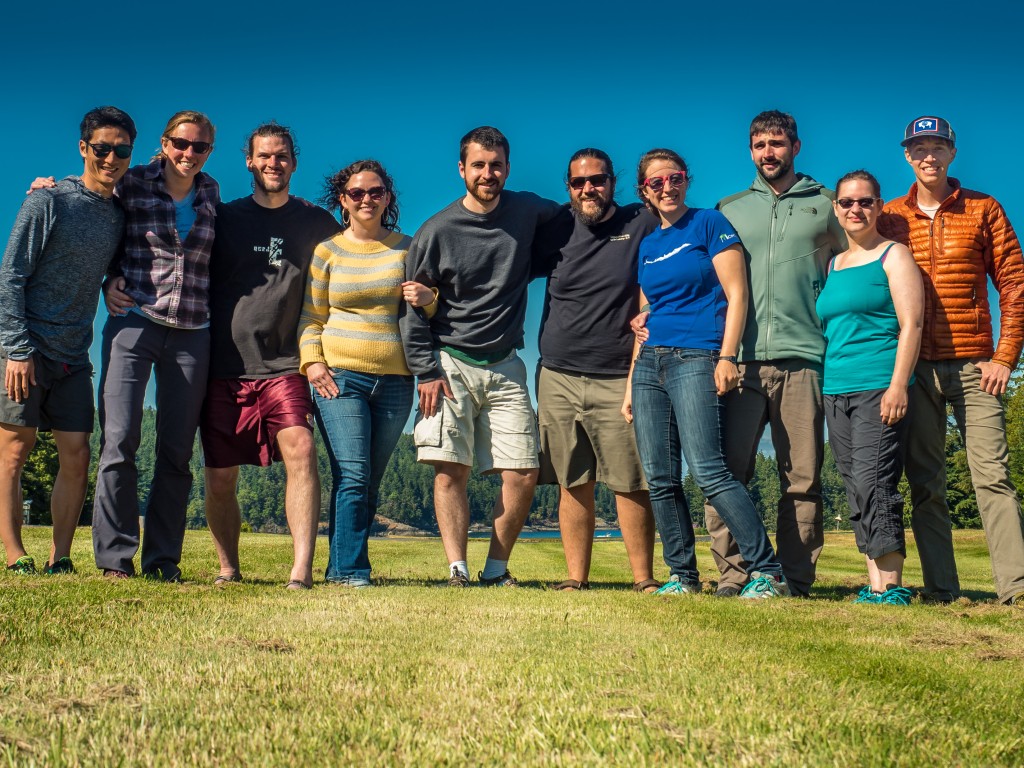
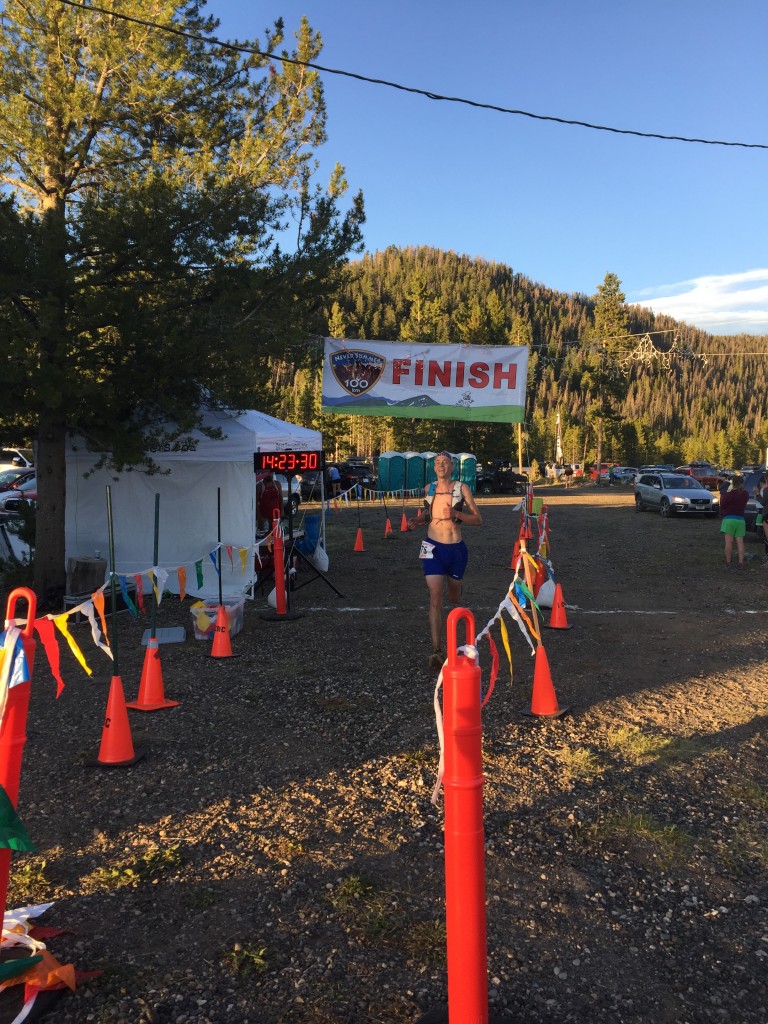 I should note that after the 100k race, I’ve barely run (or done anything active) at all. Good riddance.
I should note that after the 100k race, I’ve barely run (or done anything active) at all. Good riddance.